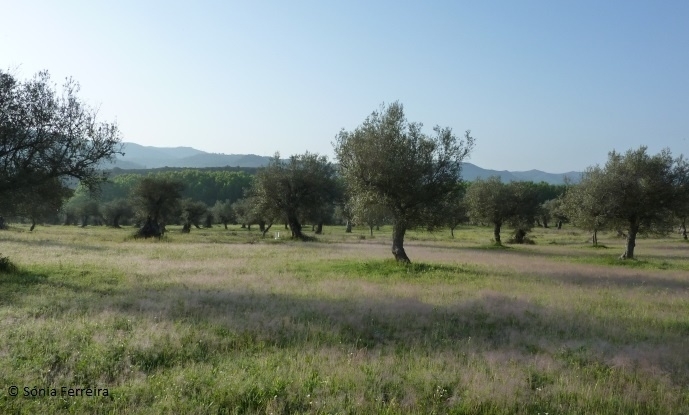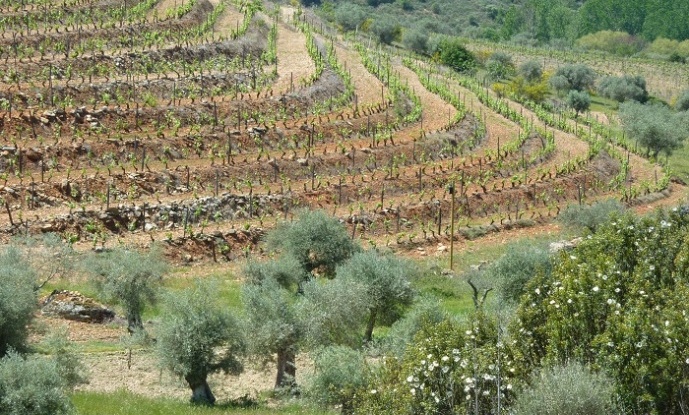Project Biodiversity valley

With the VALE DA BIODIVERSIDADE project, it is intended to contribute significantly to improving public awareness, the appreciation and understanding of the biodiversity components of the Vale do Tua Regional Natural Park, as well as the threats they face today.
This project aims to implement initiatives and tools to improve the knowledge of the natural heritage existing in this recently classified Protected Area, as well as actively promoting its conservation. It has a particular focus on the production of teaching and dissemination materials to encourage the appropriation of natural values and of the biodiversity by the citizens of the region, both in rural and urban contexts. Despite its short duration, it aims to create the basis for a lasting brand image of the natural values and biodiversity of the region, as well as promoting tools that generate their knowledge to be proudly learned and adopted by the local population, as an added value for the development of the region.
This project will address the biodiversity of fauna (mammals, birds, reptiles and amphibians, fish and invertebrates) as well as the flora (vascular plants, bryophytes and lichens) as well as the factors that threaten its conservation. This project contemplates protected habitats as it presents an integrated view of the components of biodiversity (species) and the habitats in which they occur and on which they depend by linking protected species to protected habitats.
It is thus an opportunity to make a state of the art of the knowledge on the occurrence of protected species and habitats in the Vale do Tua Regional Natural Park, while implementing information collection tools by the population for years to come.
Particular emphasis will be placed on deepening the knowledge of less well-known taxonomic groups (e.g., Invertebrates, Bryophytes and Lichens) promoting the population's familiarization with these taxonomic groups through itinerary photographic exhibitions. The following approach includes not only its intrinsic equity value, but also the fundamental role they play in ecosystems, their impacts on the human population and the importance of their conservation, creating an integrated vision of biodiversity.
This project actively encourages the involvement of the citizens of the region in collecting information on species distribution as well as threat factors, promoting the appropriation and surveillance of natural values, as well as their enjoyment and promoting sustainable tourism in the region. It is intended to provide training to key population agents, namely teachers, and representatives of agricultural and forestry producers, fishermen and hunters in the region. It is also intended to promote synergies of cooperation between sectors, fostering the development of the region and safeguarding its biodiversity and its natural values, as contemplated in the objectives that are at the origin of the classification of this Natural Park.
Team
Sónia Ferreira
Vanessa Mata
João Nunes
Luís Pascoal Silva
Mário Ferreira
Raquel Ribeiro
Helena Hespanhol
Cristiana Vieira
Joana Marques
Davina Falcão
Pedro Brito Lopes
Dates
2020
Participant Institutions and Partners
CIBIO-InBIO and PNRVT
Funded by
This project was funded by Fundo Ambiental in the scope of the Improvement of Knowledge and Conservation Status of the Natural Heritage of the Conservation of Nature and Biodiversity call.




